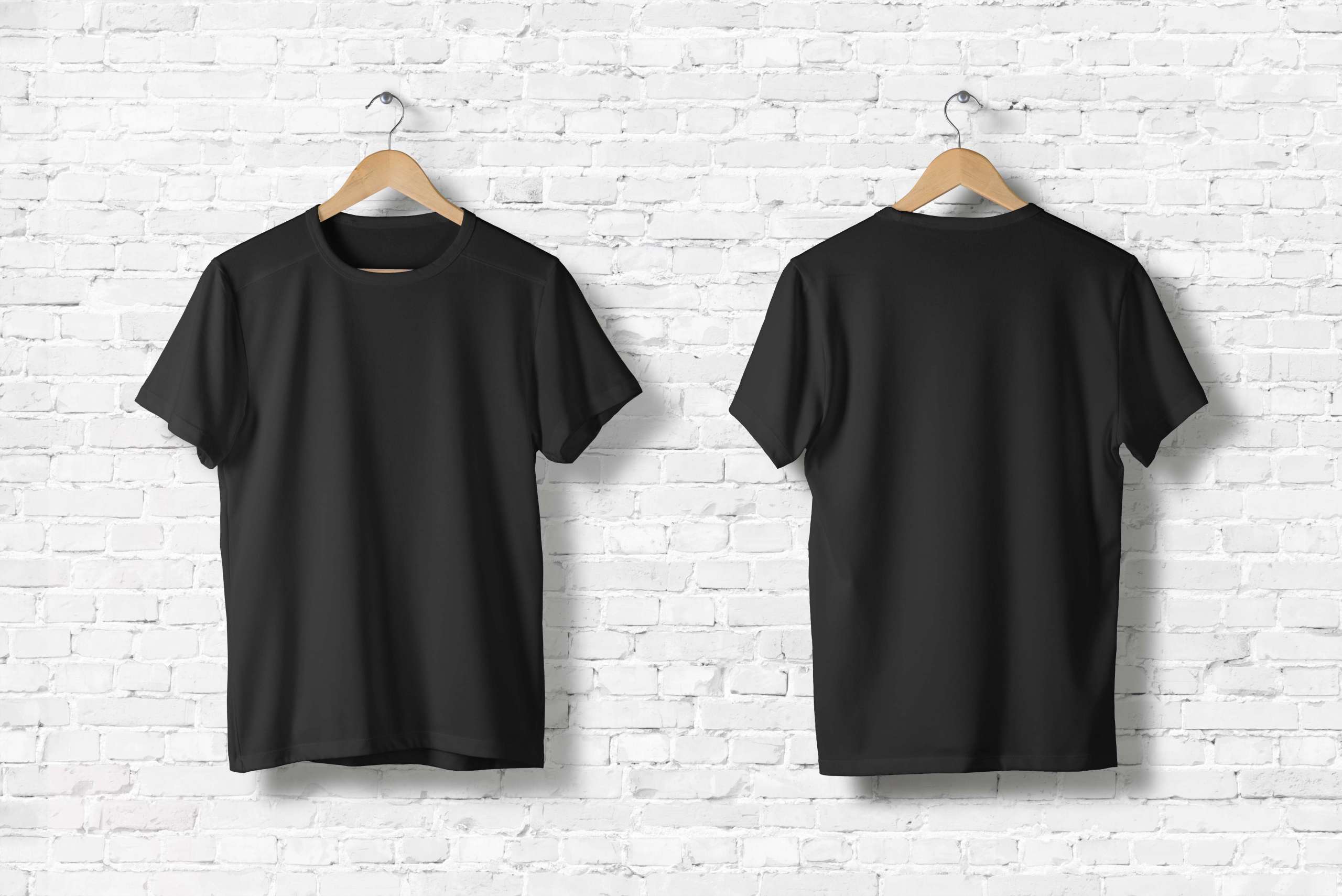What the Fashion Industry Can Teach Us About Distribution and Retail



Thanks to globalization and technological advancements, businesses all across the world now have opportunities to target customers globally. The apparel industry, too, has experienced this business surge and expansion. From the manufacturing of the products to the end-user consumption, fashion products cover a long journey in which distribution plays an indispensable role.
The fashion industry is complex and very sensitive to customer demands; it evolves tremendously even in a short span of time. It is driven by seasons, fashion trends, consumer preferences, and several other factors. Therefore, the ever-changing apparel industry follows intricate distribution methods. While some fashion brands opt for wholesale distribution (B2B), others choose retail distribution (B2C) methods.
With the complex nature and the effective techniques of distribution that the vogue industry follows, there is a lot that can be learned regarding distributors in the supply chain and its management.
Distributors in the supply Chain – why are they important for apparel businesses?
As mentioned above, the functioning of the fashion industry is extremely complicated. Every day new styles and trends come in and begin reigning over the market, while the old ones are moving out of trend. Furthermore, the seasons and weather affect the market immensely. To keep up with constantly changing environments and customer demands, apparel businesses require an even more effective and efficient supply chain that can match up with the lightning-fast pace of the industry.
Poor supply chain management is capable of bringing detrimental effects to organizations. If a product with a high demand goes out of stock, it can result in heavy losses. In the same manner, if a product with no demand is being overstocked, it will lead to the squandering of resources and final products. Furthermore, supply chain distributors are integral for fashion brands, as modern-day customers rely more on brands that offer them transparency. No one wishes to wait endlessly to report a deficiency with a purchase.
To overcome these possible shortcomings, distributors in the supply chain become an inevitable part of organizations dealing in the apparel business. However, not just the fashion brands, an advanced supply chain is crucial for all industries. All enterprises have evolving demands and changing conditions that impact the distribution of their products. As a result, a well-managed supply chain is imperative for businesses.
How do demand and inventory influence distribution techniques adopted by apparel businesses?

The distribution technique that an apparel business chooses depends considerably on customer demand and inventory. The apparel industry supply chain can be classified into three broad categories:
1. Push supply chains
Push supply chains focus on products with stable demand. The decision in this type of apparel supply chain is exclusively based on long-term forecasts. Although this technique was mainly in use from the 1950s to the 1970s, a few apparel businesses continue to adopt the technique in the current scenario as well. Nevertheless, for fashion brands with high rates of demand fluctuations, this distribution method might not prove to be an ideal choice. The prime focus of this method is to keep buffer stocks of products.
2. Pull supply chains
Pull supply chains came into effect from the 1970s to the 1990s, when businesses started expanding both vertically and horizontally. In the competitive scenario, keeping buffer stocks at every supply chain level could not meet the requirements of the customers. As a result, producing as per the changing customer demand was the basis of this system of distribution. Hence, the pull supply chain focused on reducing buffer stocks and improving the services to the customers.
However, the dependability of manufacturing on the ongoing demand makes the process lethargic, failing to address other problems of the market. Despite the slow procedure, various distributors in the supply chain opt for this method for retail distribution.
3. Push-pull supply chains
Considering the aforementioned disadvantages of both the push model and the pull model of supply chains, post-1990s, all industries, including the fashion industry, saw a huge global competition and thus adopted a more hybrid model of distribution, with an amalgamation of the advantages of both the previously discussed methods. The push-pull supply chain method takes care of both the vertical and horizontal expansions of any business.
The initial stages of distribution are managed with the push technique, while on the other hand, the retail distribution and customer service aspects are handled through the pull technique. Most modern-day fashion and apparel brands choose the push-pull technique to ensure effective distribution and retail.
B2B or B2C format of distribution?
Not all fashion brands have the resources to set up a direct distribution channel for their products to reach the customers. In such circumstances, most small-scale and medium-scale companies opt for a B2B channel of distribution. On the contrary, high-end brands dealing in vogue products invest in a B2C distribution that helps them achieve direct distribution of their products to customers. This facilitates personalizing the experience, consequently helping them offer better services to their customers.
Any business can select from either B2B or B2C forms of distribution. The choice depends on numerous factors like resources, preferences, and the industry type. Take a look at the distribution models in terms of the fashion industry:
B2B distribution
The B2B distribution is best suited for small and medium-level organizations, as it involves third-party distributors in the supply chain and is much cheaper. Moreover, there is no upfront investment required on the part of the enterprise. The organization sells its products to wholesalers, who further sell them to retailers. The retailers then sell these products to the end-users.
However, despite being an affordable way of selling products, the B2B distribution can pose a threat to the company’s image, as fashion brands cannot supervise the service and experience that their customers get from the third-party distributors. Furthermore, the profit margins are not high because of the several stages that are involved before the final retail distribution of the product.
B2C distribution

Through the B2C distribution method, high-scale apparel brands can independently regulate the retail distribution of the products. They can improve the experience of their customers because they are responsible for all the selling that takes place. No third parties are involved in the product distribution process. This helps them get personalized feedback and remarks from their users, and thus, facilitates many effective marketing strategies.
However, this method of distribution can be too expensive for the organizations that have recently started and run on smaller profit margins. In addition to that, managing multiple retail distribution stores requires expert managerial skills that can prove to be arduous for small and medium-level organizations. As a consequence, B2C distribution is most often opted by larger-scale businesses.
The fashion industry runs on the above-mentioned techniques of distribution, which several other businesses and industries can learn from for the fruitful and profitable distribution of their products.
Fashinza is an apparel manufacturing platform connecting businesses to their suppliers. It ensures the best experience for all the above related to the production process. At Fashinza, from design to production to supply, everything is taken care of. One can even track the purchases for a smooth and hassle-free buying experience. Check their services out now!



















